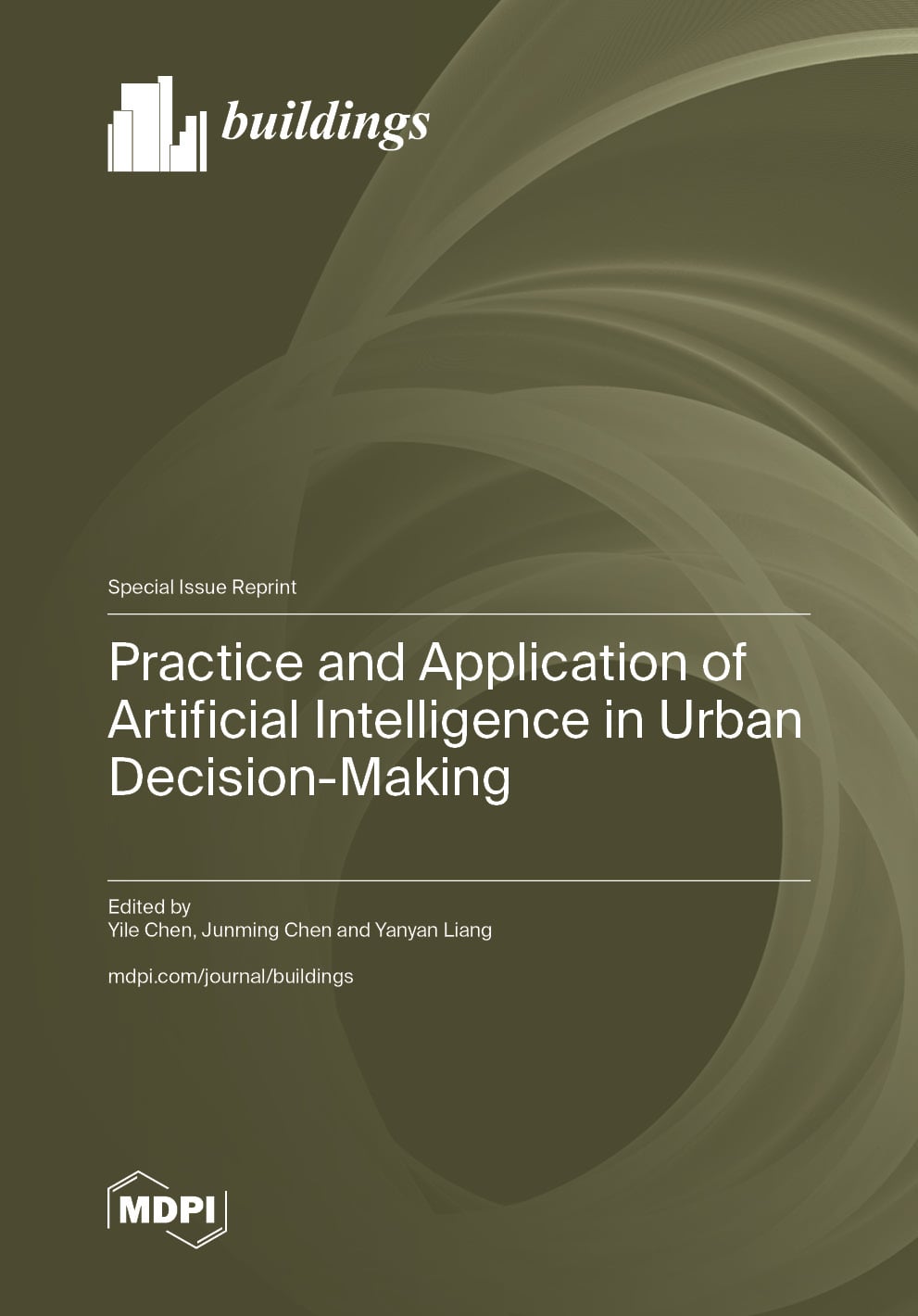- Article
Multi-Dimensional Analysis of Soil Parameters Affecting Bearing Capacity and Settlement Behaviour for Building Foundations
- Ayşe Bengü Sünbül Güner
In this study, the relationships between the bearing capacity and settlement values of CL and CH clayey foundation soils and various soil parameters were analyzed in a multi-faceted manner. For this purpose, 55 test data sets for CL soils and 70 test data sets for CH soils were used. The bearing capacity, settlement values, and other soil parameters of these foundation soils were determined through experimental studies, and statistical analyses were conducted on the obtained results. Differences between the parameters of CL and CH soils were examined using the independent samples t-test, and significant differences were identified between the two clayey soil types. Overall, the differences between the parameters of CL and CH soils ranged from 1.67% to 30.89%. Prediction models were developed to estimate the bearing capacity and settlement values of both soil types based on other parameters. The correlation coefficients and significance levels between the bearing capacity and settlement values of CL and CH soils and the other soil parameters were also determined. Based on the analysis results, recommendations were proposed to increase bearing capacity and reduce settlement in CL and CH clayey soils.
26 December 2025



![Study area (Google Maps/Düzce) [30].](https://mdpi-res.com/buildings/buildings-16-00135/article_deploy/html/images/buildings-16-00135-g001-550.jpg)

